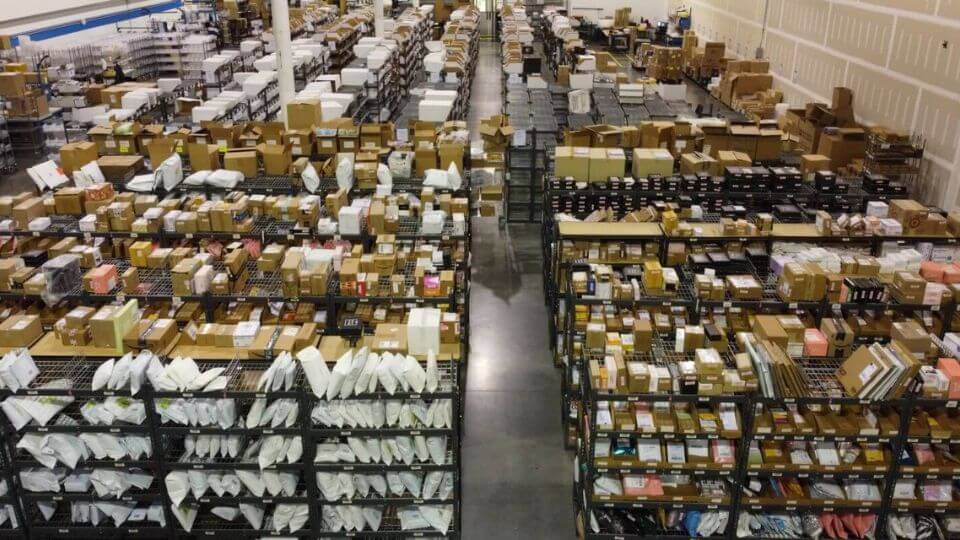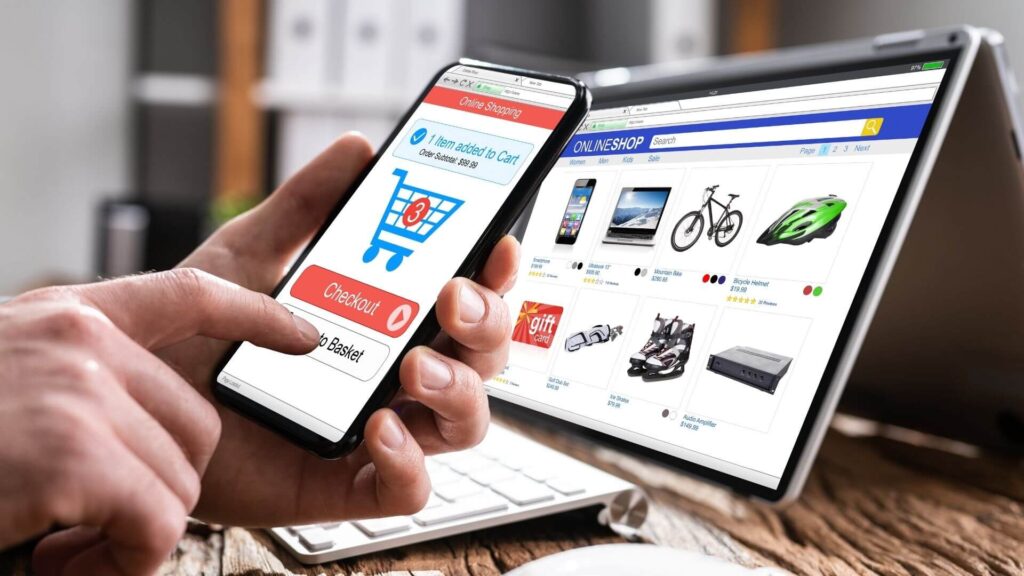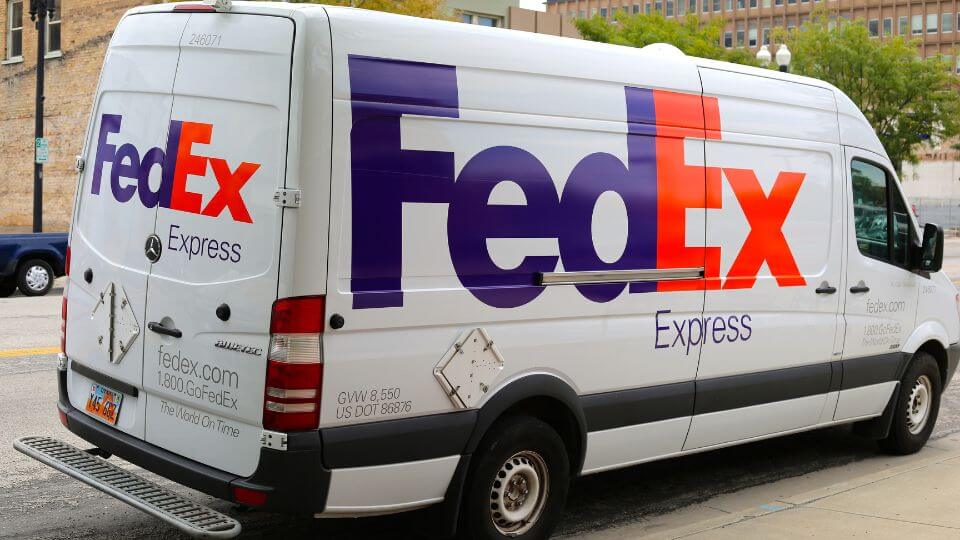
Third-Party Logistics (3PL): The Complete Guide
Third-Party Logistics (3PL): The Complete Guide Home > Blog > The complete guide to third-party logistics (3PL) Running an online store? Packing and shipping orders
Simply put, everything and everyone in some way operate online. Whether it’s through online marketing and advertising or social media browsing, you’re likely to come across a new trend or product that catches your attention – and perhaps you’re enticed to learn more. This is becoming more present as countless new online stores pop up on a daily basis with the planning and drive of millions of aspiring entrepreneurs. With rapid growth rates across all e-commerce markets, it’s evident that the competition is high and market saturation continues to grow. After all, 95% of purchases will happen online by 2040.
If you’re planning on launching your e-commerce business in the future, this blog will showcase the best methods to operate within a saturated e-commerce market and how to stand out from your competitors.

Personalization is increasingly important for e-commerce businesses as it helps engage shoppers, and often leads to better conversions with returning customers.
Email marketing is still a top priority for giving your customers an incentive to visit your website and make a purchase – whether you’re offering a new deal, promotion, or specific discounts for the emailed customer. Apart from this, personalization is possible through advertising campaigns on LinkedIn and Facebook Ads managers. You can now narrow down your audience to the finest details to truly target your key demographic and therefore, see the results you’re after.
M-commerce or “mobile commerce” is no longer optional when creating a business that stands out – it’s mandatory. Optimizing your e-commerce website for easy navigation and a smooth checkout process will ensure customers can have full accessibility at their fingertips, wherever they may be. Your website should not only be fitted for mobile use but designed in such a way that is visually appealing, aesthetically pleasing, but not overwhelming. The simpler the better.
Your product pages should contain not only multiple high quality images but videos demonstrating and showcasing your product as well. The more visuals your product pages have, the more likely a customer is to make a purchase. This also comes down to better technologies when creating your e-commerce site and backend operations. On top of that, 80% of shoppers are more likely to buy from a company that offers personalized experiences.
By improving shipping and distribution, the customer experience can be greatly boosted. Companies like Amazon have already capitalized on this and are paving the way for shipping and delivery with their latest advancements in drone delivery. Though it’s nearly impossible to compete with Amazon, you can still offer shipping deals like free shipping through built-in criteria at checkout – whether it’s the location of delivery preferences or a set price amount (i.e., the customer needs to spend a certain amount to unlock free shipping), this will act as a further incentive for the customer to complete the checkout process.
You should also research the shipping carriers you will use for your business. Who offers the best rates? Who offers the fastest service? Who has the best reputation for working with a business of your size? These are all valid questions to ask before partnering with a shipping carrier as carriers can oftentimes be the make or break of your business. The last thing you want is the customer’s product to be lost in transit or take longer than the ETA (estimated time of arrival).
In the next 10 to 15 years, virtual reality will have the capabilities to fully allow online shoppers to hold a product in their hands and see how it looks before making a final decision with their purchase. Ideally, this could be done from a smartphone. Though this seems outlandish, this type of technology is very real and could soon become the new normal for e-commerce stores as customers will now have a greater sense of trust and security when shopping online.
Though the e-commerce market is saturated with more and more online stores coming into place every single day, the methods we’ve covered in this article not only demonstrate how to operate within a heavy market but get an edge over your competitors. This can be done with mobile optimization of your online store, simple navigation with eye-catching visuals, an easy checkout process, finding the best way to conduct shipping and delivery operations and checkout incentives for your customers, and finally, advancement in technology; virtual reality to show the customer how they would look holding, wearing, or using your product.
A saturated market does not mean your business is destined to be unsuccessful. By implementing the methods we’ve presented, you’ll be in the best possible position to operate within a rapidly growing online marketplace.

Third-Party Logistics (3PL): The Complete Guide Home > Blog > The complete guide to third-party logistics (3PL) Running an online store? Packing and shipping orders

Top 5 FedEx International Shipping Services for eCommerce in 2024 Home > Blog > Top 5 FedEx international shipping services for e-commerce in 2024 Table

What is White Glove Delivery and How Does it Work? Home > Blog > What is white glove delivery & how does it work? Key
Simple Global removes the complexities of cross-border trade while improving the post-sales experience. Learn more about us.
© 2012-2024 Simple Global. All Rights Reserved, Simple Global Inc.